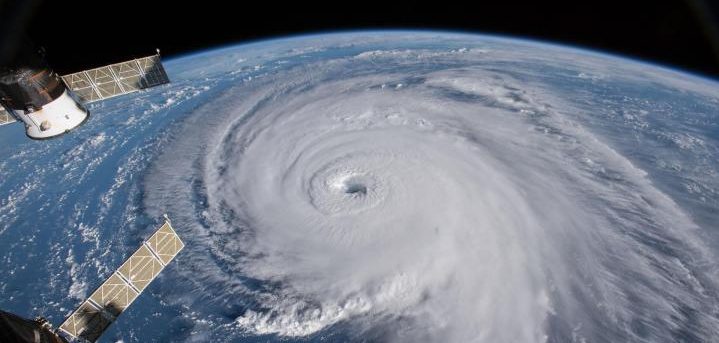According to the WMO, the extremely active 2020 Atlantic hurricane season officially ended on November 30 with a record-breaking 30 named tropical storms, including 13 hurricanes and six major hurricanes. There were 12 landfalling storms in the continental USA.
This is the most storms on record for a single year, surpassing the 28 from 2005, and the second-highest number of hurricanes on record. Notably, 2020 marked the fifth consecutive year with an above-normal Atlantic hurricane season, according to the US National Oceanic and Atmospheric Administration (NOAA).
An average season has 12 named tropical storms, six hurricanes, and three major hurricanes. Named storms have winds of 64km/h (34kts/39mph) or greater. Hurricanes have winds of 117km/h (64 kts/74 mph) or greater.
Major hurricanes are Category 3 and above on the Saffir Simpson scale, with maximum sustained winds of 178km/h (111mph) or greater. The WMO notes that, even though the official hurricane season has concluded, tropical cyclones may still develop.
The 2020 season got off to an early and rapid pace with a record nine named storms from May through July, and exhausted WMO’s 21-name rotating Atlantic list with Tropical Storm Wilfred (September 18). For only the second time in history, the Greek alphabet was used for the remainder of the season, extending through the ninth name in the list, Iota.
Iota made landfall in Nicaragua on November 17 as a powerful category 4 storm and affected an area which had been hit by category 4 Eta less than two weeks previously, with hundreds of casualties. It was the first time on record, the Atlantic has had two major hurricane formations in November at a time of year when the season is normally winding down.
The WMO Regional Association IV Hurricane Committee will review the season at its annual session in May 2021 and will consider which names should be retired. It maintains rotating lists of names in alphabetical order for tropical cyclones. Male and female names are alternated, and the lists are used every six years. If a hurricane is particularly devastating or deadly, its name will be retired and a new one selected.
The USA’s National Oceanic and Atmospheric Administration’s seasonal hurricane outlooks accurately predicted a high likelihood of an above-normal season with a strong possibility of it being extremely active. This increased hurricane activity is attributed to the warm phase of the Atlantic Multi-Decadal Oscillation (AMO) — which began in 1995 — and has favored more, stronger and longer-lasting storms since that time. Such active eras for Atlantic hurricanes have historically lasted about 25 to 40 years.
An interrelated set of atmospheric and oceanic conditions linked to the warm AMO were again present this year. These included warmer-than-average Atlantic sea surface temperatures and a stronger West African monsoon, along with much weaker vertical windshear and wind patterns coming off of Africa that were more favorable for storm development. These conditions, combined with La Niña, helped make this record-breaking, extremely active hurricane season possible.



